Atcore, a company specializing in the unassuming yet essential business of wire, cable, and pipe management, has seen its stock plummet by 67% since March 2024. While demand for its products remains strong, the market appears skeptical. So, is this stock undervalued, or do deeper issues lie beneath the surface? Let’s break it down with a detailed financial analysis to uncover potential investment insights.
Recent Financial Performance
Atcore's short-term financial results paint a challenging picture:
- Revenue: Down 9% year-over-year, reflecting headwinds in pricing.
- Net Income: Declined by 31.5%, a significant drop for the company.
- Cash Position: Decreased by 9.5%, signaling tightened liquidity.
- Debt Levels: Slightly increased by 0.3%.
The sharp decline in earnings triggered a 22% drop in stock value in just one day. While these figures are concerning, they don't tell the full story.
Long-Term Investment Performance
An initial $1,000 investment in Atcore 10 years ago would have grown to $3,988 today, including $60 in dividends—a gain of 298%. Despite its recent dip, Atcore’s long-term performance remains strong, particularly for a company operating in such a niche sector.
Ownership Insights
- Individual Insiders: Insiders own only 0.9% of the company, below the desired 2%, with recent sale transactions raising questions about management confidence.
- Super Investors: Frequent activity from prominent investor Lee Ainslie indicates interest, but his recent sale aligns with the stock's declining sentiment.
Financial Health: Fundamentals That Shine
Despite its stock volatility, Atcore demonstrates robust financial metrics:
- Return on Invested Capital (ROIC): At 13.6% (10-year median), it exceeds the 10% benchmark, indicating efficient capital use.
- Net Profit Margin: Averaging 17.3% over five years, well above the sector median of 6.5%, showcasing strong pricing power.
- Share Buybacks: Atcore has repurchased 43% of its shares over the last decade and announced an additional $50 million buyback program—great news for long-term investors.
- Debt Levels: It would take just under two years to pay off long-term debt with current free cash flow, a strong sign of financial health.
Growth Analysis
Atcore’s growth metrics highlight a mixed picture:
- Revenue Growth: A modest 6.5% CAGR over the last decade, below the 10% target.
- Free Cash Flow Growth: A stellar 19.2%, showcasing operational efficiency.
- Earnings Per Share (EPS) Growth: An impressive 38% since 2016, although early financial losses make a full 10-year calculation impossible.
Growth in this cyclical industry is tied closely to economic conditions, which can make metrics appear inconsistent.
Dividends: A New Player
Atcore initiated its dividend program in 2024, with a yield of 2% and a payout ratio of just 8%. While safe, the dividend is relatively low, leaving room for future expansion.
Valuation: A Bargain in the Making?
Atcore’s Price-to-Earnings (P/E) ratio stands at just 6, placing it on the "magic formula" list of undervalued stocks. Using Discounted Cash Flow (DCF) analysis, its intrinsic value ranges from:
- Low Scenario: $89 (with a conservative 1%-2% growth rate).
- Medium Scenario: $100.
- High Scenario: $117.
With a current price of $62, Atcore appears significantly undervalued across all scenarios.
Challenges and Opportunities
The company's reliance on materials like steel has hurt its profitability as raw material prices have dropped, forcing Atcore to lower its selling prices. Compounding this, growing competition from low-quality steel and PVC imports creates additional pressure.
Despite these issues, Atcore’s business remains strong:
- Sales volumes rose by 3.2% in 2023 and 3.5% in 2024, even with declining operating income.
- Fundamentals such as financial health and growth suggest resilience, offering potential for long-term investors.
Conclusion: Hidden Gem or Value Trap?
While Atcore faces near-term challenges, its robust financial health, impressive free cash flow growth, and significant undervaluation make it a compelling option for patient investors. However, those seeking rapid gains may find its cyclical nature and current headwinds less appealing.
https://youtu.be/r6VYssnnS24?si=eHsNP2kUm15lQq5H
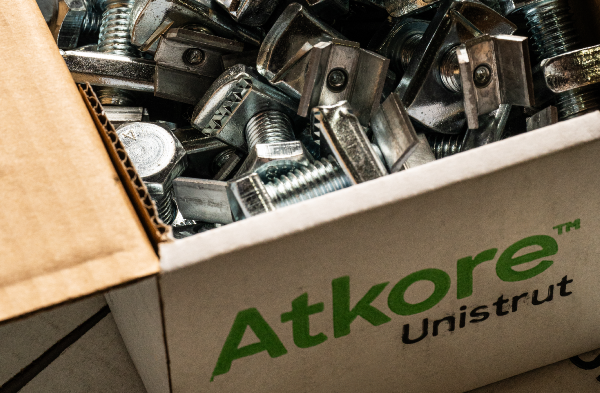

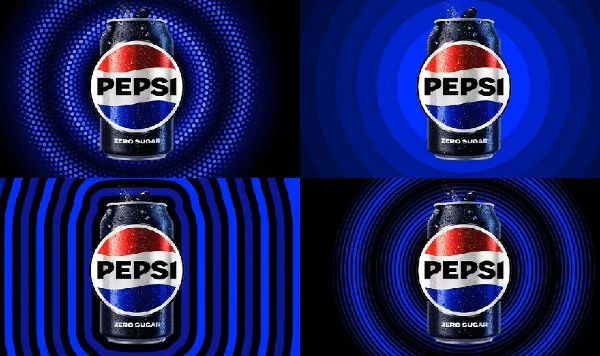



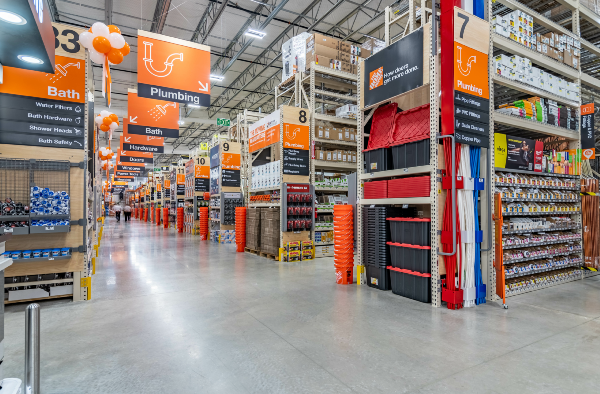
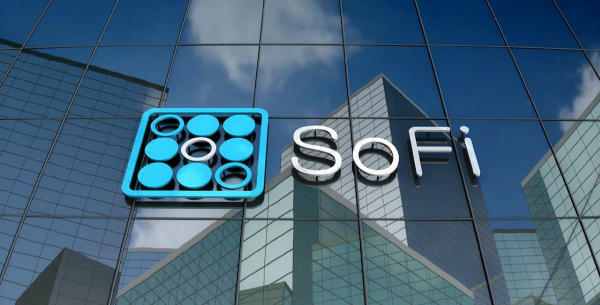
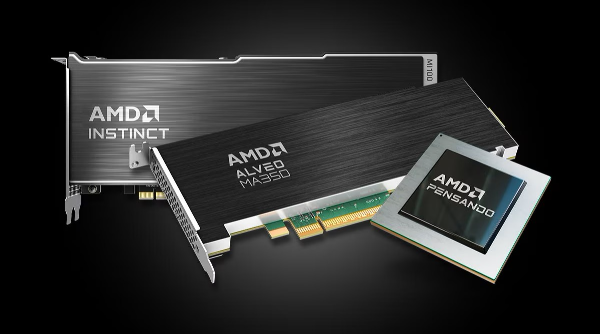
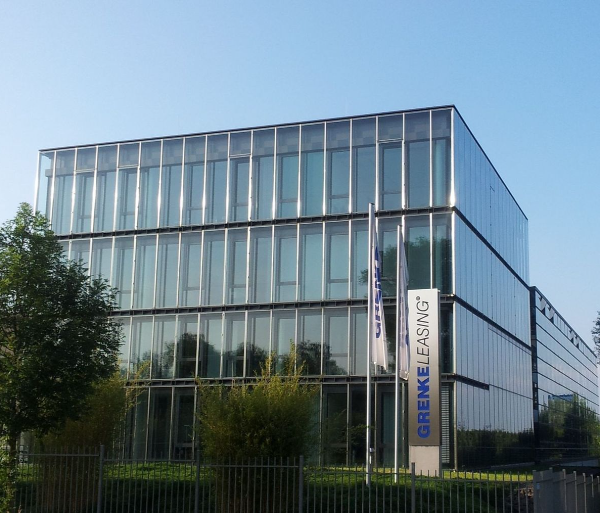


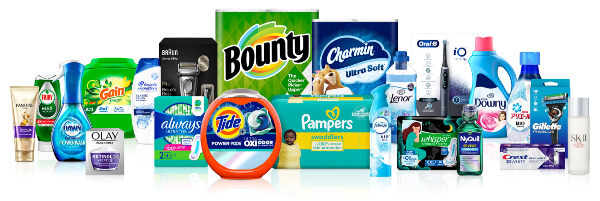
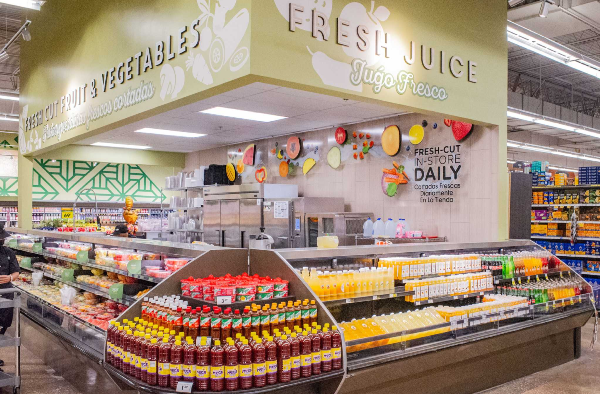
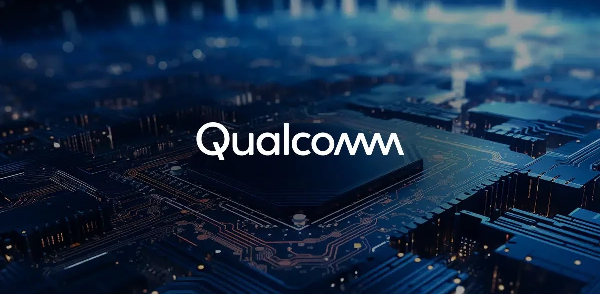
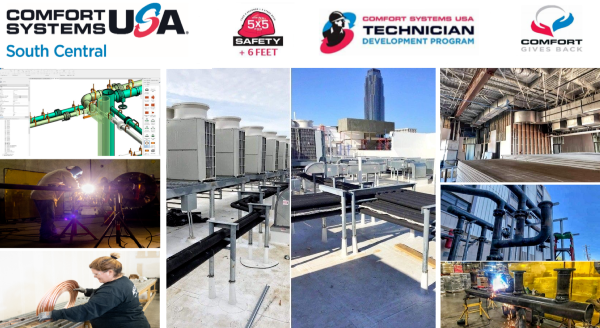
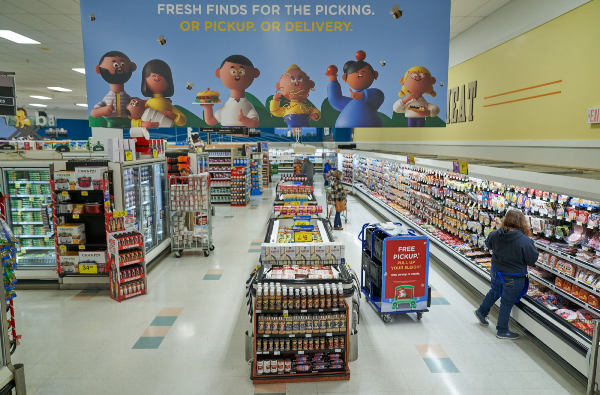

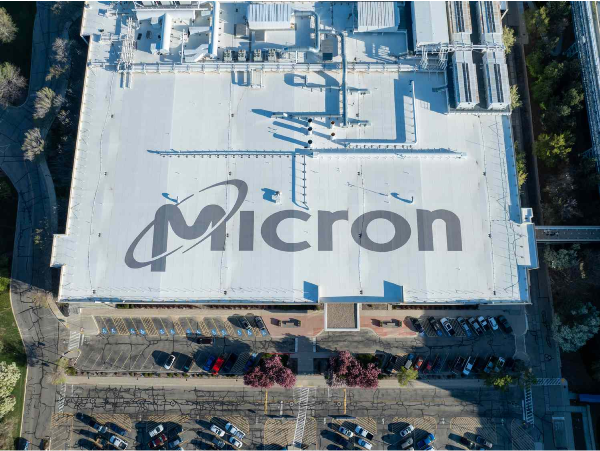

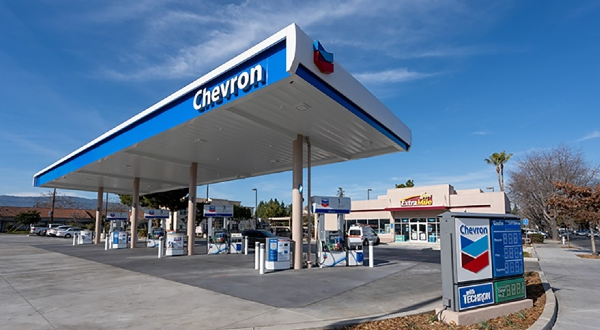








Atcore, a company specializing in the unassuming yet essential business of wire, cable, and pipe management, has seen its stock plummet by 67% since March 2024. While demand for its products remains strong, the market appears skeptical. So, is this stock undervalued, or do deeper issues lie beneath the surface? Let’s break it down with a detailed financial analysis to uncover potential investment insights.
Recent Financial Performance
Atcore's short-term financial results paint a challenging picture:
The sharp decline in earnings triggered a 22% drop in stock value in just one day. While these figures are concerning, they don't tell the full story.
Long-Term Investment Performance
An initial $1,000 investment in Atcore 10 years ago would have grown to $3,988 today, including $60 in dividends—a gain of 298%. Despite its recent dip, Atcore’s long-term performance remains strong, particularly for a company operating in such a niche sector.
Ownership Insights
Financial Health: Fundamentals That Shine
Despite its stock volatility, Atcore demonstrates robust financial metrics:
Growth Analysis
Atcore’s growth metrics highlight a mixed picture:
Growth in this cyclical industry is tied closely to economic conditions, which can make metrics appear inconsistent.
Dividends: A New Player
Atcore initiated its dividend program in 2024, with a yield of 2% and a payout ratio of just 8%. While safe, the dividend is relatively low, leaving room for future expansion.
Valuation: A Bargain in the Making?
Atcore’s Price-to-Earnings (P/E) ratio stands at just 6, placing it on the "magic formula" list of undervalued stocks. Using Discounted Cash Flow (DCF) analysis, its intrinsic value ranges from:
With a current price of $62, Atcore appears significantly undervalued across all scenarios.
Challenges and Opportunities
The company's reliance on materials like steel has hurt its profitability as raw material prices have dropped, forcing Atcore to lower its selling prices. Compounding this, growing competition from low-quality steel and PVC imports creates additional pressure.
Despite these issues, Atcore’s business remains strong:
Conclusion: Hidden Gem or Value Trap?
While Atcore faces near-term challenges, its robust financial health, impressive free cash flow growth, and significant undervaluation make it a compelling option for patient investors. However, those seeking rapid gains may find its cyclical nature and current headwinds less appealing.
https://youtu.be/r6VYssnnS24?si=eHsNP2kUm15lQq5H